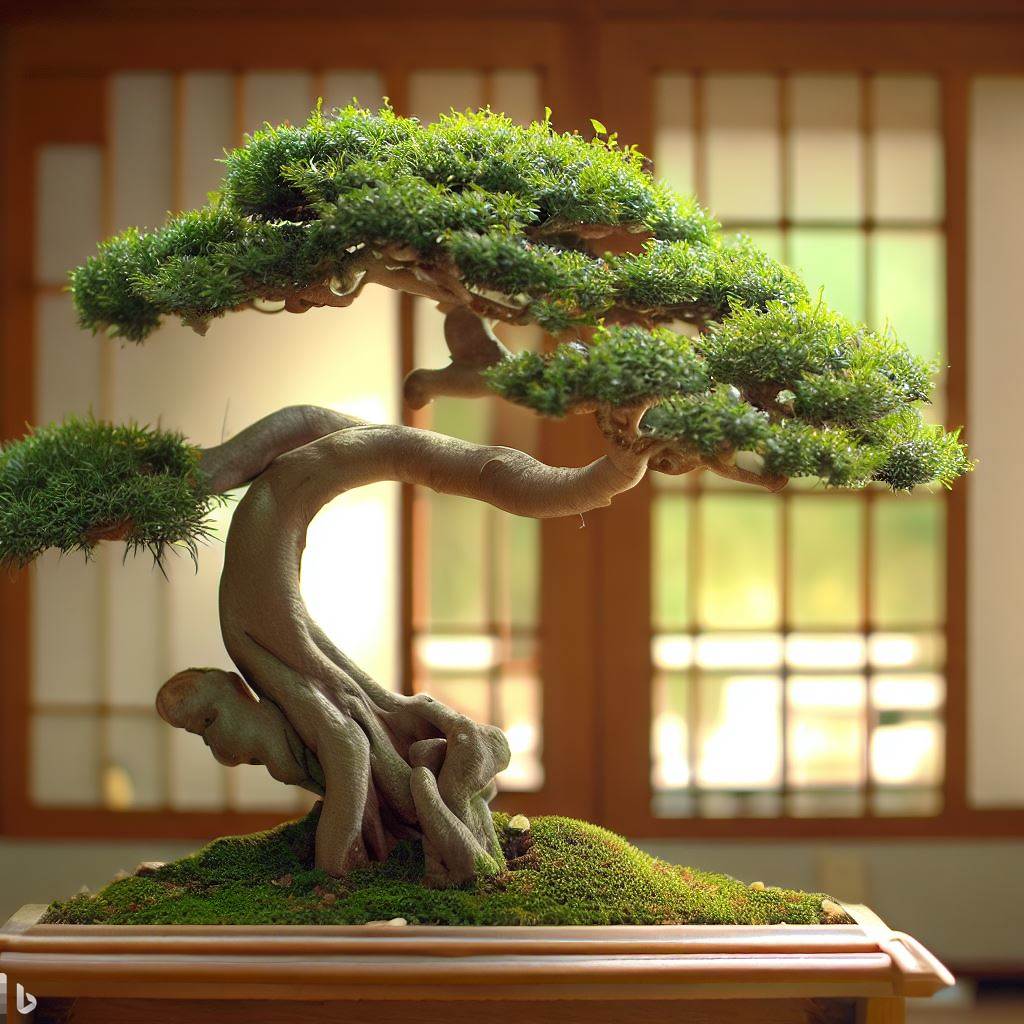mastering bonsai techniques: pruning, wiring, and shaping your trees
Are you interested in bonsai? Do you want to learn how to master techniques such as pruning, wiring, and shaping to create beautiful bonsai trees? In this article, we will explore the art of bonsai and the different techniques that can help you become a bonsai master. Whether you are a beginner or an experienced bonsai enthusiast, these tips and techniques will help you take your bonsai skills to the next level.
What is Bonsai?
Understanding the art of bonsai
Bonsai is the art of growing and shaping miniature trees in small containers. It originated in China over a thousand years ago and was later adopted by the Japanese who refined and perfected the art form. Bonsai trees are not genetically dwarfed versions of regular trees, but are rather carefully pruned and shaped to maintain their small size.
Benefits of growing bonsai
Growing bonsai trees offers many benefits. It allows you to connect with nature, relieve stress, and develop patience and discipline. Bonsai also enhances your appreciation for the beauty and simplicity of nature. Additionally, bonsai trees can be a great conversation starter and a unique decorative element in your home.
Exploring different bonsai styles
There are various styles of bonsai, each with its own distinct characteristics. Some of the popular bonsai styles include formal upright, informal upright, slanting, cascade, and semi-cascade. Each style requires different techniques to shape the tree and create the desired aesthetic.
How to Prune Your Bonsai Tree
Why pruning is essential for bonsai trees
Pruning is an essential technique in bonsai cultivation. It helps maintain the desired shape and size of the tree, promotes healthy growth, and allows light to reach all parts of the tree. Regular pruning also helps develop a more refined and mature appearance for your bonsai tree.
Pruning techniques for juniper bonsai
When pruning a juniper bonsai, it is important to understand the natural growth pattern of the tree. Remove any branches that are growing in the wrong direction or detract from the overall appearance of the tree. Use sharp bonsai pruning shears to make clean cuts and ensure the health of your juniper bonsai.
Pruning tips for beginners
If you are new to bonsai, it is important to start with basic pruning techniques. Begin by removing any dead or diseased branches, then move on to thinning out overcrowded areas. Gradually shape and refine your bonsai tree over time by selectively pruning branches to create the desired style and form.
Mastering Bonsai Wiring
The role of wiring in shaping bonsai
Wiring is another important technique in bonsai cultivation. It allows you to shape the branches and trunk of your tree, giving it the desired form and movement. By using aluminum or copper wire, you can gently bend and position the branches and trunk to create the desired aesthetic.
Basic wiring techniques for beginners
For beginners, it is important to start with basic wiring techniques. Wrap the wire around the branch or trunk, starting from the base and working your way up. Be careful not to wrap the wire too tightly to avoid damaging the tree. Once the wire is in place, gently bend and shape the branch or trunk into the desired position.
How to wire a juniper bonsai
When wiring a juniper bonsai, it is important to consider the growth pattern of the tree. Wire the branches in a way that enhances the natural beauty of the juniper. Use thin-gauge wire for smaller branches and thicker wire for larger branches to ensure they hold their shape.
Shaping Your Bonsai Tree
Understanding bonsai tree shapes
There are many different shapes and styles that you can create with your bonsai tree. Some common shapes include formal upright, slanting, windswept, and cascade. Each shape requires careful pruning, wiring, and shaping to achieve the desired result.
How to shape your bonsai using different techniques
To shape your bonsai tree, start by visualizing the desired form and style. Use a combination of pruning, wiring, and bending techniques to shape the branches and trunk. Regularly monitor the growth of your bonsai and make adjustments as needed to maintain the desired shape.
Creating a desired style for your bonsai
Creating a unique and personal style for your bonsai is part of the art form. Experiment with different shapes, sizes, and arrangements to find a style that reflects your vision and taste. Study the work of bonsai masters like Jason Chan to learn from their techniques and incorporate them into your own creations.
Tips for Beginner Bonsai Enthusiasts
Choosing the right bonsai tree for beginners
As a beginner, it is important to choose a tree species that is suitable for bonsai cultivation. Juniper, ficus, and Chinese elm are popular choices for beginners due to their resilience and adaptability to different growing conditions. Research the specific care requirements of the tree species you choose to ensure its long-term health.
Basic care guidelines for bonsai trees
Caring for your bonsai tree involves regular watering, proper sunlight exposure, and appropriate fertilization. Water your bonsai when the soil feels slightly dry, but avoid overwatering as it can lead to root rot. Place your bonsai in a location that receives the right amount of sunlight for the specific tree species. Fertilize your bonsai during the growing season to promote healthy growth and foliage.
Common mistakes to avoid as a beginner
As a beginner bonsai enthusiast, it is important to avoid common mistakes that can harm your tree. Avoid pruning too aggressively, as this can weaken the tree and hinder its growth. Overwatering and underwatering are common mistakes that beginners make, so be sure to find the right balance. Finally, be patient and allow your bonsai to grow and develop over time.
